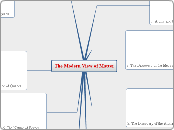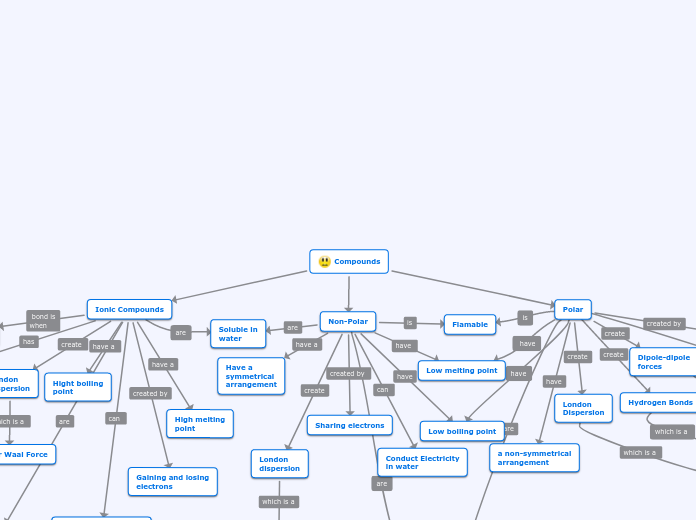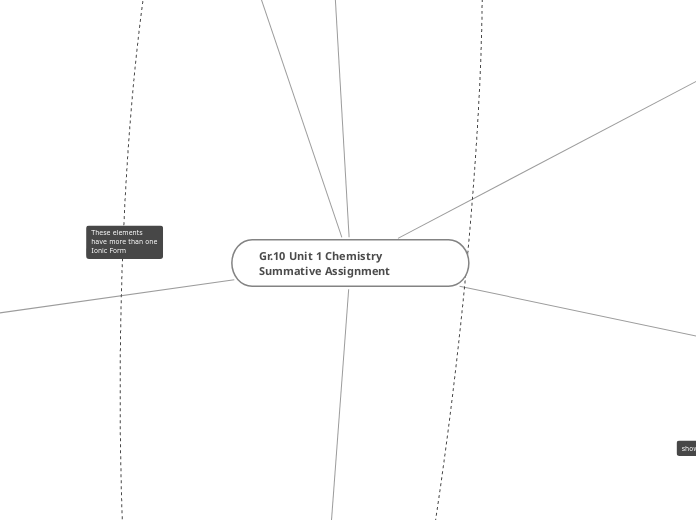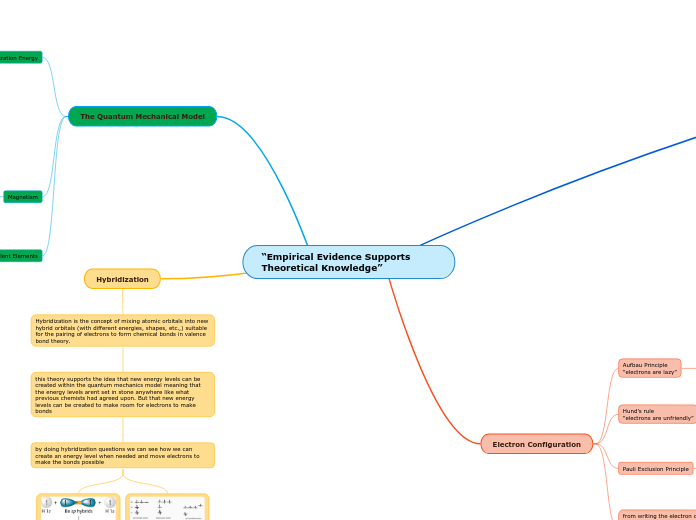The Modern View of Matter
8. The Unification of Electricity and Magnetism
Maxwell
-James Clark Maxwell found the true connection
-unified them with mathmatics
Faraday
-Michel Faraday found that electricity and magnetism were manifestations of the same thing
7. Gravity and Electromagnatism
Four Forces
-there are four forces
-nuclear forces, gravity and electromagnetism
-Gravity is the weakest and can be ignored in subatomic studies
-electromagnetism holds electrons in place
6. The Nature of Forces
Change
-forces are the agents of change
-they are present everywhere
-CERN (Switzerland) built a CMS Detector, the most expensive scientific equipement ever to study them
4.The Existance of Quarks
-Murray Gell-Mann simplified these 80 particles
-He observed symetries between them
-He found that protons, neutrons and all of the other 80 were made of the same 3 particles, Quarks
Cosmic Rays
-1912 more subatomic particles were discovered
-before it was believed that there were 3, protons, neutrons, electrons
-cosmic rays were discovered
-by the 1960s, more than 80 fundamental particles had been found
5. The Standard Model of Particle Physics
The Big Bang
-Recreated in the Hadron Collider
-it has a circumfrance of 27km and 2000 superconducting magnets at 1.9K
-protons accelerated to 99.99999% the speed of light
-they collide in 4 large detectors
-pictures of the collision are taken at a rate of 600 million times a second
-this will help us understand the nature of the universe
Today
-12 fundamental particles in 4 families
-Up Quark
-Down Quark
-Electron
-Electron Neutrino
-The other families identicle but heavier
Quarks
-a test at the Stanford Linear Accelerator Centre in 1968 proved the existance of Quarks
-used an electron beam to take a microgram of the proton
-the three fundamental particles (quarks) were observed
3. The Discovery of the Atomic Nucleus
Neutrons
-with further experiments, Rutherford and James Chadwick discovered in 1932 that there are 2 particles in the nucleus of an atom
-positive protons and neutral neutrons
Today's model
-we know now it isn't quite correct
-we cannot say exactly where an electon will be (ie. not in a specific orbit)
-quantum mechanics tells us they will be in distinct shells
Rutherford's Gold Foil
-In 1911, Rutherford discovered the atomic nucleus
-Fired alpha particles at a piece of gold foil
-used the decay of radioactive particles to produce a beam (through a hole in a block of lead)
-most passed right through but 1 in 8000 bounced back
-they had hit something small and dense
-this proved there was a mass at the centre with electrons orbitting it
-most of matter is actually empty space
-if an apple were the nucleus, electrons could be up to 1km away
2. The Discovery of the Electron
Thompson's atomic model
-Thompson thought of the "raison bun" model
-He believed the electrons were imbedded in the positive mass of the atom
-This was later proven to be wrong by one of his students
The discovery
-Thompson made a partical accelerator
-particals accelerated using magnetic plates
-The particals would hit a screen which would glow when a partical hit it
-He varied the voltage to bend the electron stream
-He was able to deduce the mass of the particles from this
-the smallest were approximately 2000 times smaller than a hydrogen atom, the smallest known particle at that time.
-Thompson had discovered the electron
JJ Thompson
-Discovered the electron in 1897 in Cambridge, England
-More than 100 years later, it is still believed to be a fundamental particle, it cannot be broken down.
1. Atoms and the Periodic Table
Fundamental Particles
-Atoms were thought indivisable in the 1800s.
-Each element was made of a different atom
-Not sure then why each acted so differently
-Perhaps there are smaller objects than atoms
Periodic table
-in 1860s it was thought there were 80 elements
-organized into a table (the Periodic Table) by Dimitri Mendeleev









